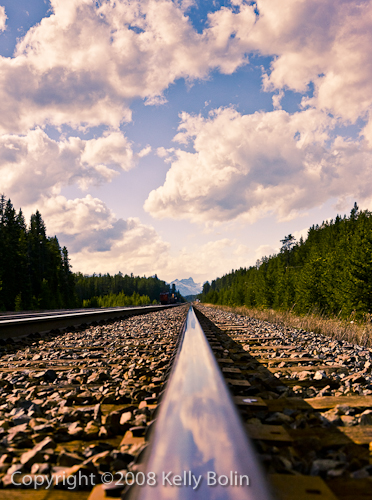I’ve often been asked how I prepare for a shoot. That depends on the nature of the shoot. As most of you know I spend most of my time doing wildlife and nature landscape photography. The landscape photography is pretty simple, get out there when the light is right and shoot. However, when I’m shooting wildlife I go much more prepared. You have to be ready because unlike a setting or rising sun, wildlife tend to move much faster and your shot is lost. I’ll have multiple camera/lens combinations available to grab and shoot right away depending on the composition that I want to create.

However, I’m going to start by telling you how to prepare for a photo shoot by first telling you how I finish my shoot first (it will become obvious). After EVERY shoot I go through a process to be ready for my next outing. So here are the steps I go through when I get back:
- Download all memory cards to my computer. I DO NOT format the memory cards until the next day after my complete backup is done and I know I have every image on my primary drives and my backup drives (I’ll write about my backup routine another time). If I need my memory cards fast, then I make sure every image is backed up twice somewhere (I don’t take any chances).
- Download all data from my GPS for geotagging purposes. I use a Garmin GPS to track my travels and sync this data with my images. (I’ll write another article on my steps on this in a future article.).
- Clean camera sensor. I start with a visual inspection of the sensor with my Visible Dust Sensor Loupe (www.visibledust.com). If there is dust or dirt on the sensor I will start with the sensor cleaning available inside the camera first, if that fails then I will start with the Visible Dust Arctic Butterfly for a dry cleaning method. Then, if that also fails I will use a wet sensor cleaning method, usually Sensor Swabs and Eclipse Optical cleaner (Visible Dust also make a series of wet cleaners as well).
- Reset camera back to standard settings (if the last shot you did was with high ISO you may forget to set it back). My default settings are ISO 320 and Aperture priority at f/8. If I start with these defaults I know exactly which direction I need to go when I pickup the camera for a certain shot.
- Charge batteries. With the newer cameras they will show a percentage of battery charge remaining. Occasionally, if the charge shows over 85% I won’t bother with this step but I always prefer to leave with a full charge.
- Clean camera lenses and bodies. Using separate cleaning materials for both (don’t ever clean your lenses with the same cloth as you used for your camera body).
- Repack my bag and ensure all is back in it’s standard spot. It’s always easy to find something if you always pack the same way. Because I have multiple bags (depending on the type of shoot and what I’m doing) I have standard items such as cleaning cloths, fluids, filters, etc. in each bag so I’m only having to transfer the cameras, lenses, and flashes.
Photography as with any other successful business is all about a process. Establishing that process that works for you is important. If you come into the house and drop your camera gear in the corner how are you going to know if it (and you) are ready for the next shoot (however sudden it might come up)?
Comments (2)